EXPERT INSIGHT
A Growing Sector: Personalized Solutions for Ankle Surgery
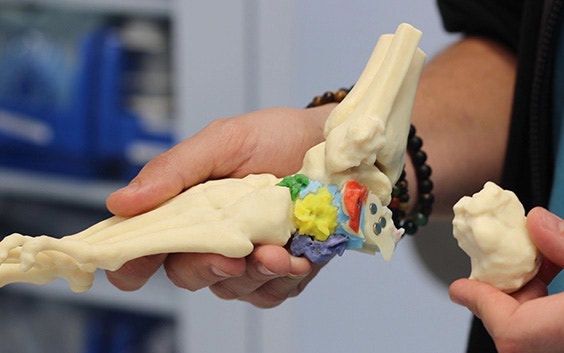
We heavily rely on the ankle for our day-to-day movement, but what happens when this joint fails us? As such a crucial component of our bodies, many would expect reliable solutions to resolve ankle failures. But over the past years, ankle replacements have rarely been performed. First-generation implants resulted in a high failure rate because of the ankle's complexity and high stress levels placed on implants. Now, thanks to the next generation of implants in combination with patient-specific instrumentation (PSI) and preoperative planning, we're seeing significant growth in this sector — and more reliable outcomes.
Ankle surgery's comeback
Many consider the foot to be a difficult anatomy to do surgery on due to the significant interaction between the joints, but the ankle is even more challenging. This complex, load-bearing joint comprises multiple bones, and each individual's personalized axis of motion complicates things further.
This intricate network of tissues makes surgical intervention and preprocedural planning tricky. However, we're happily witnessing a growth in successful ankle surgery. In fact, Health Advances, a strategy consulting firm in the healthcare industry, found a steady growth of 5 – 7% in the sector over the past five years.1 And it's not showing any sign of slowing down. Investments in new ankle implants and PSI have been booming in the last few years, leading to many mergers and acquisitions in the market.
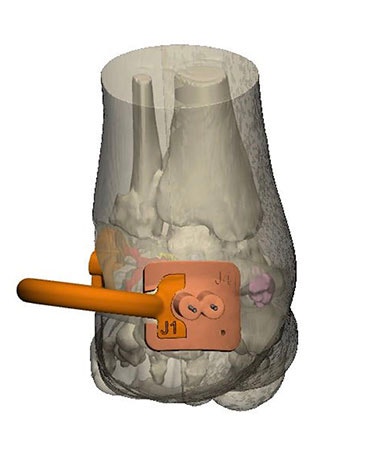

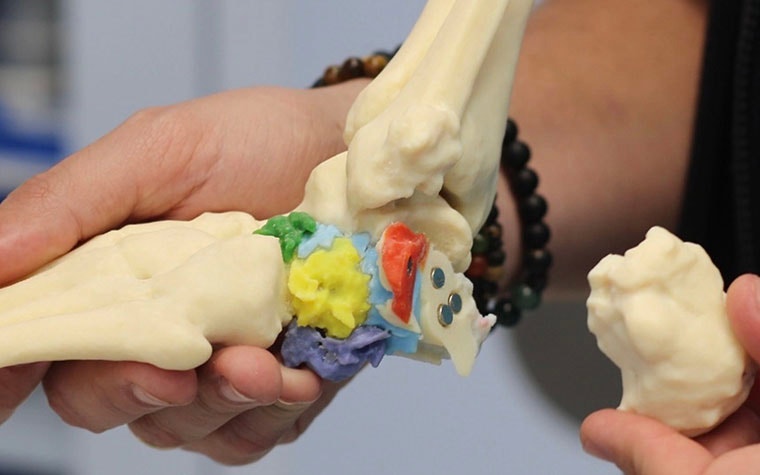
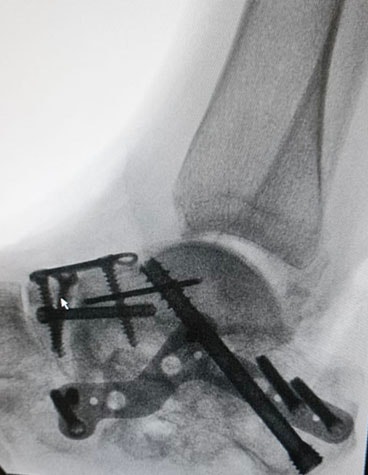
Image credit: Synergy3DMed
Total ankle replacements are the leading factor for this sector's growth. Advanced technology, such as 3D planning and patient-specific instrumentation, has enabled the shift, providing better insights and solutions for such complex anatomy.
Osteotomies are also showing a promising rise in numbers, and compelling cases have arisen, such as dome-shaped osteotomy of the distal tibia. Companies like Materialise and Synergy3DMed contribute to this growing popularity in ankle osteotomies, supporting surgeons with PSI to ensure accurate, symmetrical results.
Synergy3DMed's role in the market shift
To get an inside perspective on ankle replacements and osteotomies, we spoke to Mickey Librus, CEO and Founder of Synergy3DMed. This company specializes in preoperative planning and designing and producing PSIs for hospitals. They've also made a splash in the ankle market, supporting hospitals in improving patient outcomes in this field.
"The main challenge in foot and ankle surgical operations is achieving a symmetric result with optimal function," explains Mickey. "3D planning allows the surgeon to properly experiment with various configurations and ultimately determine the best approach for an osteotomy."
Synergy3DMed follows a collaborative process to create a guiding system for foot and ankle osteotomies. They've even adopted an ambitious hybrid working model where some of their clinical engineers are based directly in the hospitals. That greatly improves communication as the team blends with the hospital staff, truly driving synergies.
After the surgeon determines that surgical intervention is necessary, Synergy3DMed's team performs segmentation using Materialise Mimics. The next step is for their medical designers to create a preoperative plan in collaboration with the surgeon. Once the surgeon approves the plan, Synergy3DMed prints, cleans, sterilizes, and packs the patient-specific instrumentation and anatomical model. Thanks to the plan, 3D-printed instruments, and anatomical models, the surgeon can practice the surgery beforehand and enter the OR more confidently.
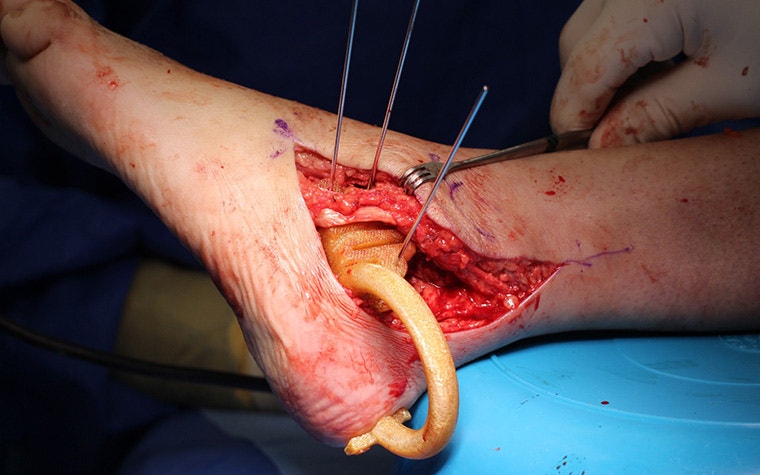

These new 3D-based approaches to ankle procedures don't only help the surgeon — there are significant benefits for patients as well. Of course, better results improve patients' post-operation lives, but these methods also reduce time in the OR, recovery time, risk of contamination, and more.
Promising growth has been evident thus far, but what's next for this sector? "We believe that in the future, automatic segmentation followed by pre-designed scripts will allow surgeons to independently design and produce patient-specific instruments," says Mickey. "Comparing new designs to the patient's healthy leg with the help of 3D technology will help surgeons generate automatic reconstruction recommendations and solutions."
L-103223-01
1 Masha Dumanis, Large Market, Small Joint: Examining Growth, Innovations, and M&A in the Orthopedic Foot and Ankle Market, Health Advances, 2022
Share on:
You might also like
Never miss a story like this. Get curated content delivered straight to your inbox.
